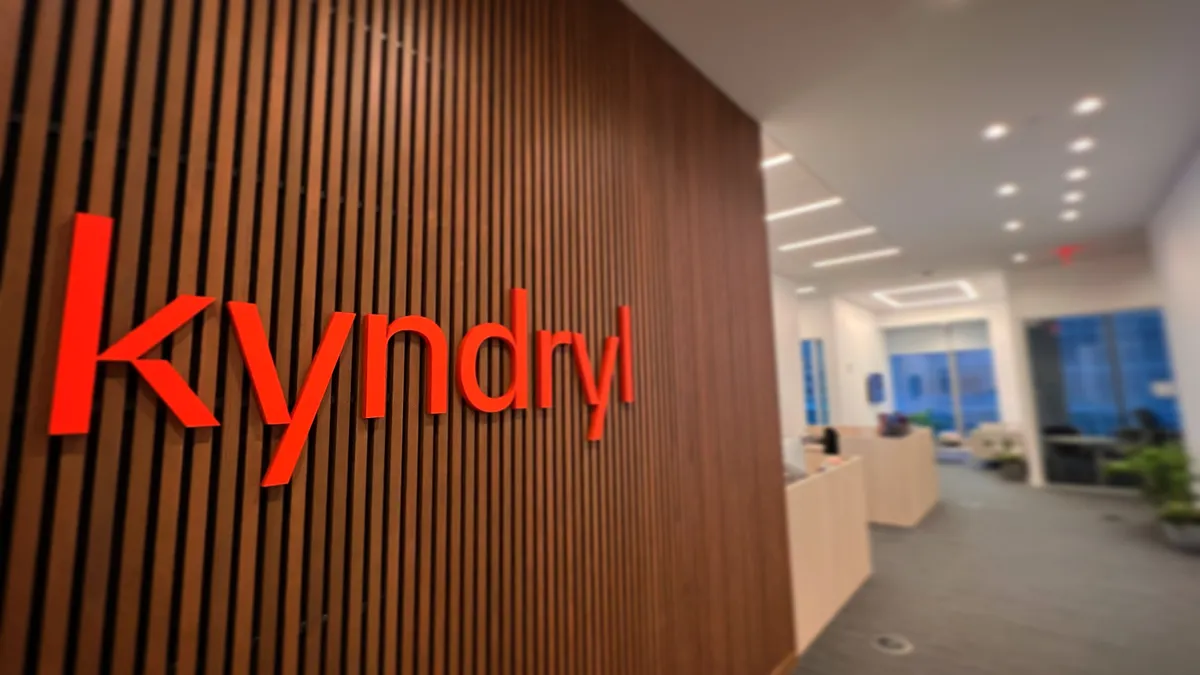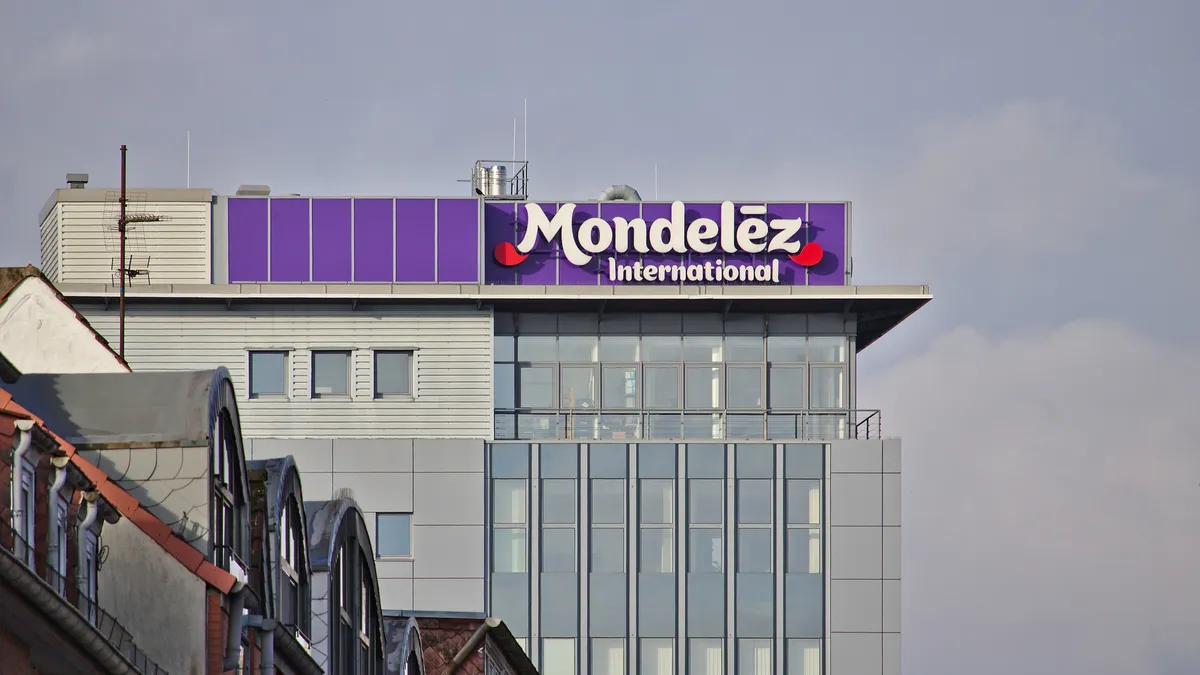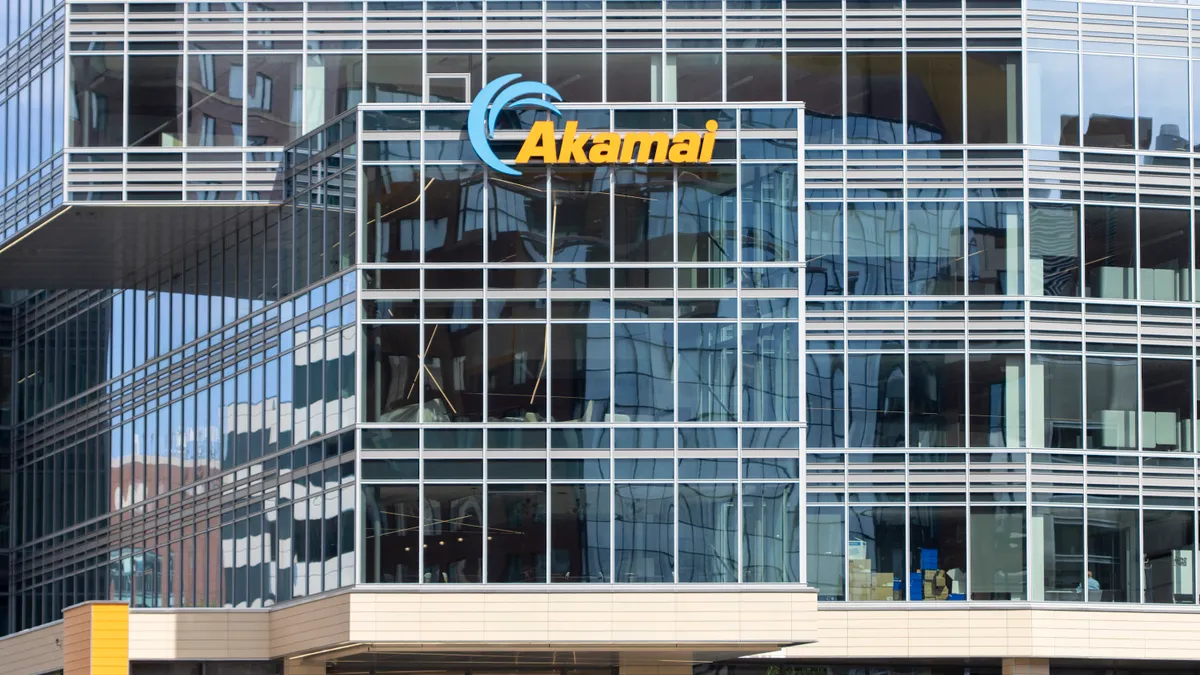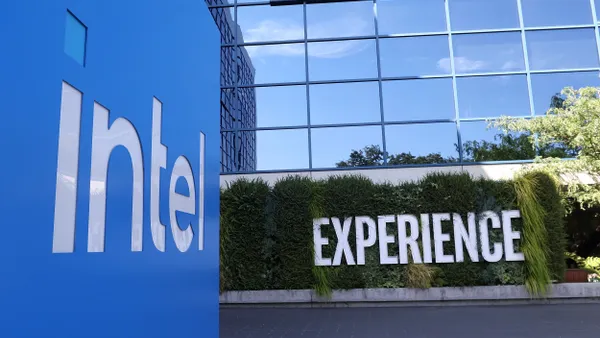When one of the largest enterprise software providers signals a major change in its product suite, technology leaders take notice.
As SAP accelerated its ongoing shift to a SaaS-based delivery model in January, CIOs using the ERP giant’s legacy solutions realized they were now sitting on a ticking time bomb.
At Kyndryl, an infrastructure services vendor spun off by IBM less than three years ago, SAP’s decision to sunset support for older versions of its ubiquitous ERP solutions over the next two years presented both a challenge and a potential business opportunity.
“This is a chance to look at the entirety of your application ecosystem and find ways to modernize in SAP and elsewhere,” Michael Bradshaw, Kyndryl SVP and global practice leader for applications, data and AI, told CIO Dive.
Bradshaw is no stranger to modernization — or deadlines. In his former role as Kyndryl’s CIO, he managed the company’s massive post-spin sprint to decouple from IBM’s legacy systems in a tight two-year window.
Bradshaw, who ceded the CIO seat to Kim Basile on July 2, installed a digital clock to tick down the months, weeks, days and hours leading up to the Nov. 3 deadline. His team completed the undertaking with a couple days to spare.
As part of the untangling process, Kyndryl shuttered on-prem data centers, pared 1,500 apps down to just a few hundred and liberated vast stores of siloed data. Then the company turned its attention to ERP.
Kyndryl selected the RISE with SAP solution to ease its migration, the company said in a formal announcement last week. It also expanded a longstanding alliance with the ERP provider to help joint customers adopt the S/4HANA private cloud edition and take advantage of the RISE incentive program.
“The journey has actually been underway since the end of last year,” Bradshaw said. “We moved from an ecosystem where only 13% of our revenue was in heritage SAP and all the rest was in custom and mainframe systems that we had to exit.”
Incremental by design
IT vendors are technology consumers, too. Kyndryl was faced with many of the same decisions its customers are weighing as they consider ERP solutions.
“A lot of our customers are SAP customers,” Bradshaw said. “We know the challenge that they're going through.”
Many of those clients are still running older versions of SAP’s stalwart on-prem ERP Central Component solutions, according to Bradshaw. “For some of them, the answer isn’t going to be a straight shot into RISE,” he said. “It’s going to take a couple of stutter steps first.”
Kyndryl took an intentionally incremental approach. The company adopted S/4HANA hosted on Azure as a stepping stone to broader migration.
“When we started with our assessment of the RISE offering, there was a 1,200 to 1,300-line list to go through to figure out which elements you wanted,” Bradshaw said. “We had to get into S/4 first to understand what that was, do that transformation and then move into RISE.”
Kyndryl drew on its experience as an SAP customer to design an ERP migration navigation tool and bolster its consulting practice. Two key elements of the adoption strategy that Bradshaw hopes to pass on to Kyndryl clients were securing buy-in from finance and simplifying the company’s data estate.
“When we started out, we had over 60 different data solutions across the company,” Bradshaw said. “Now, we're down to two: SAP for the business transactional ecosystem and Workday for our people processes, with maybe a third because we bridge those two domains in another environment.”
Migrating the finance function helped ease the way for broader transformation by proving the business case to a crucial stakeholder in any ERP modernization.
“Businesses don't want to pay for just technical upgrades,” Bradshaw said. “They want to see business capability as you go.”












